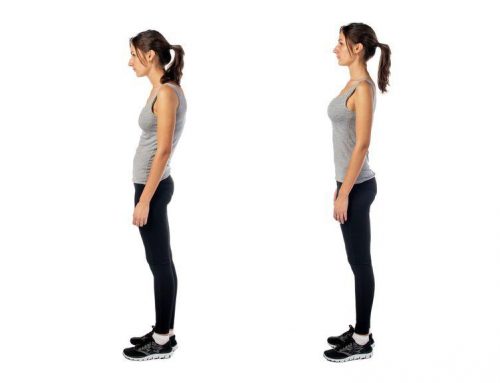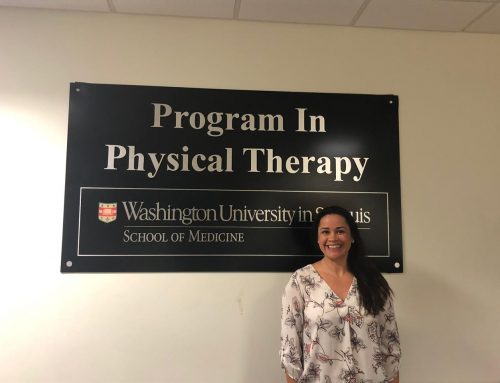Outcomes of an Aquatic Exercise Program-Multiple Sclerosis
Outcomes of an Aquatic Exercise Program Including Aerobic Capacity, Lactate Threshold, and Fatigue in Two Individuals With Multiple Sclerosis. CASE REPORT Journal of Neurologic Physical Therapy. 30(2):82-90, June 2006. Pariser, Gina PT, PhD 1; Madras, Diane PT, PhD 2; Weiss, Elizabeth PT, PhD 1 Abstract: Background and Purpose: Fatigue in individuals with multiple sclerosis (MS) may be exacerbated by poor cardiovascular fitness. Although aqua aerobic exercise is often recommended, little research has been conducted on the efficacy of aqua aerobic exercise in improving cardiovascular fitness in patients with MS. The purpose of this case report is to describe changes in cardiovascular fitness and fatigue for 2 people with MS following an aqua aerobics class. Case Descriptions: The participants were 2 females, both with MS for over 10 years and mild disability. Participant A (40 years old and EDSS = 2.5/10) reported fatigue, numbness in her hands and feet, and occasional blurred vision. Participant B (51 years old and EDSS = 3.0/10) reported the same problems as Participant A plus stiffness in her right lower extremity. The participants performed aqua aerobics at an intensity equivalent to their lactate threshold twice a week for 8 weeks. Lactate threshold is the exercise intensity just prior to the accumulation of blood lactate during graded exercise. Outcomes: A graded exercise test (with measurements of gas exchange) and a test of fatigue were administered before and after the intervention. Initially, both participants had poor cardiovascular fitness as demonstrated by their low peak oxygen consumption (VO2peak) and low lactate threshold (LT). After the intervention, both participants achieved a higher peak workload (their VO2peak increased) and they could sustain a higher submaximal workload without accumulation of acid substances causing fatigue (their LT increased). Changes in fatigue following the intervention were equivocal with Participant A reporting decreased fatigue and Participant B reporting no change. Summary: This report describes the use of exercise testing to guide clinical decision making for dosing of an aqua aerobic fitness intervention and illustrates positive effects of the intervention on cardiovascular fitness in 2 people with MS.
(C) 2006 Neurology Section, APTA
Outcomes of an Aquatic Exercise Program Including Aerobic Capacity, Lactate Threshold, and Fatigue in Two Individuals With Multiple Sclerosis. CASE REPORT Journal of Neurologic Physical Therapy. 30(2):82-90, June 2006. Pariser, Gina PT, PhD 1; Madras, Diane PT, PhD 2; Weiss, Elizabeth PT, PhD 1 Abstract: Background and Purpose: Fatigue in individuals with multiple sclerosis (MS) may be exacerbated by poor cardiovascular fitness. Although aqua aerobic exercise is often recommended, little research has been conducted on the efficacy of aqua aerobic exercise in improving cardiovascular fitness in patients with MS. The purpose of this case report is to describe changes in cardiovascular fitness and fatigue for 2 people with MS following an aqua aerobics class. Case Descriptions: The participants were 2 females, both with MS for over 10 years and mild disability. Participant A (40 years old and EDSS = 2.5/10) reported fatigue, numbness in her hands and feet, and occasional blurred vision. Participant B (51 years old and EDSS = 3.0/10) reported the same problems as Participant A plus stiffness in her right lower extremity. The participants performed aqua aerobics at an intensity equivalent to their lactate threshold twice a week for 8 weeks. Lactate threshold is the exercise intensity just prior to the accumulation of blood lactate during graded exercise. Outcomes: A graded exercise test (with measurements of gas exchange) and a test of fatigue were administered before and after the intervention. Initially, both participants had poor cardiovascular fitness as demonstrated by their low peak oxygen consumption (VO2peak) and low lactate threshold (LT). After the intervention, both participants achieved a higher peak workload (their VO2peak increased) and they could sustain a higher submaximal workload without accumulation of acid substances causing fatigue (their LT increased). Changes in fatigue following the intervention were equivocal with Participant A reporting decreased fatigue and Participant B reporting no change. Summary: This report describes the use of exercise testing to guide clinical decision making for dosing of an aqua aerobic fitness intervention and illustrates positive effects of the intervention on cardiovascular fitness in 2 people with MS.
(C) 2006 Neurology Section, APTA




